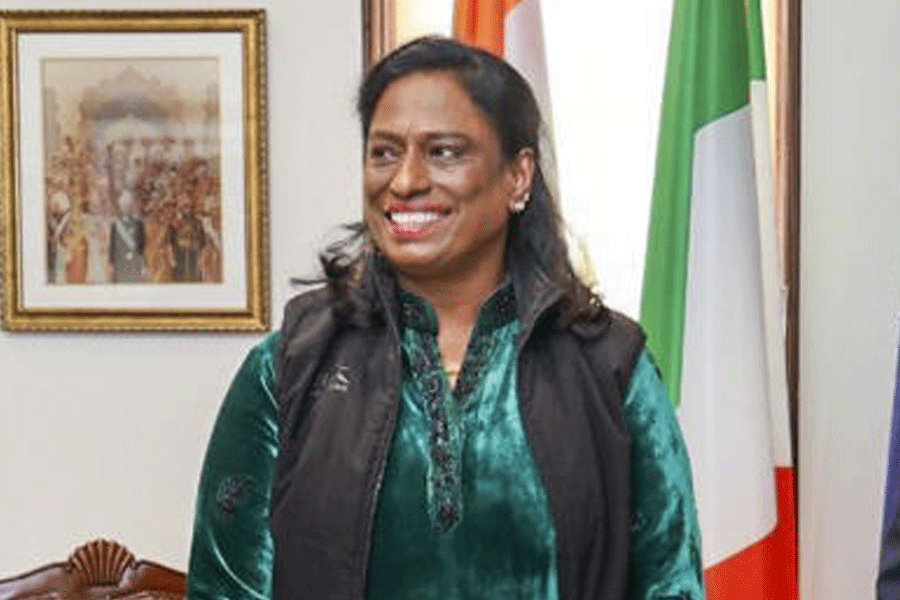 |
| Prime Minister Manmohan Singh shakes hands with soldiers during his visit to the base camp in Siachen on Sunday. (Reuters) |
New Delhi, June 13: Prime Minister Manmohan Singh’s vision of a “peace mountain” in Siachen, the glaciated frontier where the armies of India and Pakistan are frozen in combat since 1984, has stoked a revival of ideas floated by think tanks from India to Europe and the US.
The concept of Manmohan Singh’s “peace mountain” is yet to be articulated by the Prime Minister’s Office or indeed by the Prime Minister himself who has in the past said he was looking for “out-of-the-box” ideas to sort out disputes with Pakistan. Ideas for substituting the battlefield in the snowy wastes have ranged from the creation of a multinational science centre to the creation of a biosphere reserve.
An ecologist, Giulano Tallone, suggested creation of a “Siachen Peace Park” at a conference of world parks in Durban, South Africa, in 2003. Tallone said Siachen was rich in wildlife such as snow leopards and brown bear and could qualify for recognition as a world heritage site. But it was important to detoxify the region after decades of war waste had spread in the ridge and the glacier. Siachen is often referred to as the “third pole” because of its unique environment.
“Years of war and border tensions between India and Pakistan have pushed the critical ecological habitat to the brink of disaster,” Tallone wrote in his paper.
Tallone said it was possible to conceive of the Siachen-Saltoro area as a “trans-boundary peace park” without waiting for a total solution to the Kashmir dispute. Just to the west of Siachen, is the Central Karakoram National Park within which is the K2 peak, one side of which is in Pakistan-occupied Kashmir and the other in area claimed by China. The park was established in 1993.
One of the ideas that has gained currency in academic circles since 1998 was born at the Sandia National Laboratories, a think tank in the US.
In two papers, researchers for Sandia proposed how verification of military positions can be carried out so that the armies may be disengaged and redeployed. Another researcher suggested creation of a Siachen Science Centre.
Researchers Samina Ahmed and Varun Sahni, in a study for the Cooperative Monitoring Center, Sandia National Laboratories, noted that the question of authentication and verification of military positions ? as the Indian Army has been insisting upon before redeploying troops from the Actual Ground Position Line that straddles the Saltoro Ridge ? is gradually accepted as a principle in such disputes.
Ahmed and Sahni conceptualised four levels of verification in Siachen ? national means and three levels of bilateral cooperation ? minimal, moderate, and extensive. Ideally, India and Pakistan should evolve a mechanism of comprehensive cooperation to gather and share data bilaterally. “Public support for bilateral extensive verification would likely occur only if the agreement were perceived to be in the national interests of both India and Pakistan,” the researchers wrote.
Among the technical measures the researchers examined were aerial overflights and satellite imagery. In 2002, two Indian researchers, Chaudhury and Cariappa, also suggested aerial monitoring for demilitarisation.
In a paper for Sandia, titled Siachen Science Center: A concept for cooperation on top of the world, researcher Kent L. Biringer introduced the concept “to substitute scientific presence in the Siachen region for the military one”. Biringer said establishing a “Siachen Science Center” should be a goal that will satisfy the requirement of national presence (for both India and Pakistan), ensure terms for military disengagement and advance the cause of science.











